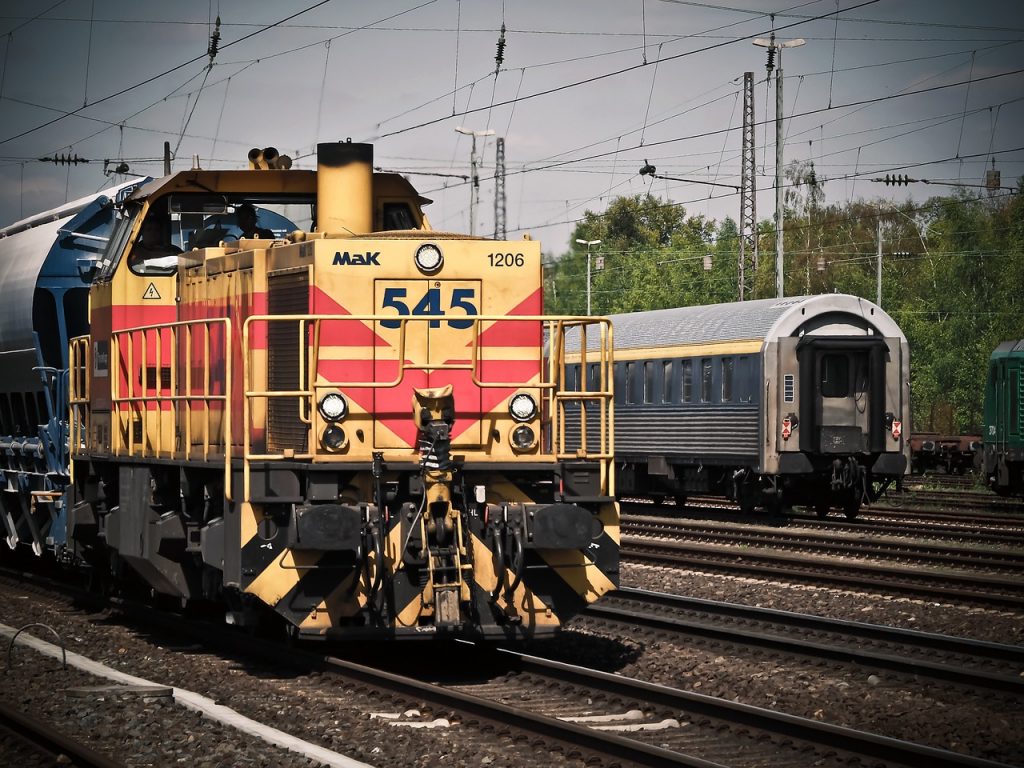Why Grocery Store Shelves May Once Again Be Totally Bare
An impending rail strike could leave much of the nations food stranded without a way to reach grocery stores, leading to bare shelves.
This article is more than 2 years old
About 30% of all the items transported in the United States are shipped by train. Now, the possibility of a rail strike representing approximately 90,000 workers could leave those goods stranded. The union-backed industrial action is set to begin on September 16th in a move that could bring 40% of the nation’s freight to a standstill. It’s also the last thing the economy needs as it struggles to recover from years of supply chain problems. It will also be disruptive to commuters and is already affecting Amtrak travelers.
The country’s supply of food will take a hit if workers move forward with the rail strike. This will drive up prices at grocery stores and limit United States grain exports to countries facing famine. If they cannot reach an agreement with railroads, 115,000 freight workers could walk out, potentially shutting down the national rail network that transports 20% of all grain shipments.
While unions say they want to avert the strike, and Congress has the power to block it, the local food sector is worried about the prospect of a national shutdown in the middle of the harvest season. According to Lee Sanders, Senior Vice President of Government Relations and Public Affairs at the American Baker’s Association, even a short-lived rail strike would create a devastating ripple effect on the nation’s fragile supply chains.

“Rail-dependent facilities would be unable to receive materials azAnd ingredients,” Sanders told News Nation. She added that millions of Americans would be unable to receive the baked goods they rely on to feed themselves, their families, and their communities.
Additionally, a rail strike would overwhelm grain storage facilities, leaving farmers with few options to store their crops. This will also increase the chance of spoilage. As a result, many grain processors would shut down, raising the price of bread and other items.
Moreover, farmers would be left with huge crop quantities and lower commodity prices, NPR reports. “It’s kind of a double whammy when you the beginning and the end of the supply chain are hit,” Max Fisher, Chief Economist at the National Grain and Feed Association, said.
Freight railroads also carry almost half the agricultural industry’s fertilizer. Farmers simply can’t afford these delays, according to congressional leaders from The Fertilizer Institute. Interestingly, the rail strike is not about pay. It relates to the rules controlling worker scheduling.
As previously reported, engineers and conductors who make up the two-person crews on each train have to be “on call” to report to work seven days a week. This prevents them from making their own plans which deprives them of time with their families. Their unhappiness also creates a high turnover rate.
Thirteen unions representing United States railroad workers have spent years negotiating their contracts with carriers represented by the National Carriers’ Conference Committee. A Presidential Emergency Board of neutral arbitrators issued a report with its recommendations last month, according to Politico. Since then, some have already reached tentative agreements to prevent the rail strike. But only five of these have been publicly announced.





